Concealed Carry Corner: Top Items To Prioritize Cleaning

Welcome back to another edition of Concealed Carry Corner. Last week, we talked about the proper time to carry certain guns. If you happened to miss that article, be sure to click the link here to check it out. This week, I want to take a look at some of the top items to clean regularly when you're carrying a concealed handgun. Some will be obvious, while others get neglected fairly regularly.
1. Your Handgun
The absolute most important item to keep clean is your firearm. Having your handgun clean, lubricated and ready to go may seem like an obvious answer, but I guarantee that some of you reading this have a carry gun covered in lint and haven't been cleaned in months. I thought of this article idea last week, in fact, because I am guilty of the exact same thing. I press checked to make sure my gun was loaded before heading out the door and it was covered in lint and dirt. It's important to clean out the lint and debris that accumulates on your gun over the weeks and months of carrying it daily.
The more often you carry a handgun, the more often you should be cleaning as well as inspecting it. Ideally, you should be cleaning your handgun every 2-3 months, even if you haven't fired it. At a bare minimum, you should be cleaning your handgun every 6 months, so it gets refreshed at least twice a year. Some like to clean their guns every new year to start the year and then around the 4th of July. Having designated times to clean your carry gun is a great way to ensure you maintain your carry gun without forgetting it or making it a chore. Lint can start to build up around the barrel, trigger area, as well as the hammer and firing pin, so those are the main areas to focus on when cleaning your gun. This should be the priority when looking at what you should clean first.
2. Magazines
One of the most uncommon items to clean that are equally important is taking apart your carry magazine and making sure any dirt, debris or lint is out of the body as well as the spring. With certain magazines, like the Glock line of magazines, it is better to purchase a new magazine and rotate the old magazine out to be a spare magazine or range magazine. These magazines can oftentimes be found for relatively low costs, so it's worth picking up a fresh magazine. If you want to disassemble and clean them out, it's easy enough and ensures your magazines aren't obstructed or degraded in any way.
It's not uncommon for your self-defense rounds to also be covered in dirt, grime or lint over time, which can create a stoppage in the chamber depending on how big the debris is. I've had this problem with my range magazines that get dirt in them, 5-6 rounds into the magazine and there's a malfunction because the rounds bring debris into the chamber. It's never a bad idea to inspect your magazines as well as your self-defense rounds. Taking 5 minutes to empty your magazine and hit the inside with compressed air and give it a quick wipe down can help minimize any potential problems. It may seem like a simple idea or even a silly idea, but I cannot tell you how many times I have seen gum wrappers, trash and other debris in magazines because people didn't clean out their magazines.
3. Holsters
One of the most overlooked items to clean, even more than your firearm and magazines, is the actual holster you carry. There's still a common belief that Kydex holsters are the cause of guns getting scratched when, in reality, it's the debris and dirt that gets trapped in a Kydex holster. This can also happen with leather holsters, depending on how much material gets trapped inside the holster. It's always important to just take a few minutes and try to clean your carry holster to ensure there's no dirt, sand or lint working its way into your holster.
Typically, I will take a damp paper towel or microfiber towel and wipe the inside of the holster down to clean any dirt out of it. Cleaning your holster out will, over time, save the finish on your carry gun. It may not be a problem for modern service pistols, but if you carry something like a blued 1911, it will certainly save your gun from excessive scratches on the finish. Taking this extra step will only cost you around 10 extra minutes, but will save your handgun's finish over an extended time.
Overall Thoughts
It may be simple to say just clean your gun on a regular basis, but life gets busy and we just ignore the simple things sometimes. I’m guilty of this as well and have seen a disgusting amount of lint on the front of both my Glock and SIG that I carry on a regular basis. Even though it may be a pain in the butt to do, cleaning your carry gun is an important aspect of keeping equipment as best as possible. Let me know how often you clean your carry guns down in the comments below. If you have questions about carrying guns or firearms in general, feel free to shoot me a message on Instagram @fridgeoperator. Stay safe out there and we will see you next week for another edition of Concealed Carry Corner.
TFB’s Concealed Carry Corner is brought to you by GLOCK

I'm an avid shooter and love educating whether it's at my job or in the shooting community. I'm an average joe that really loves talking with other people about firearms and other passions.I'm active on Instagram on @fridgeoperator.
More by Matt E















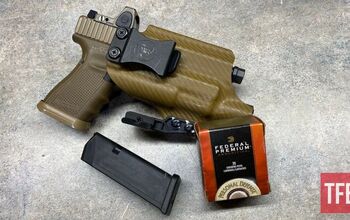
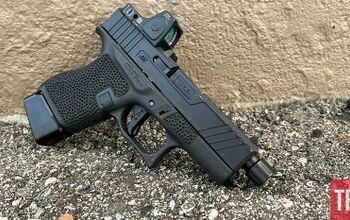
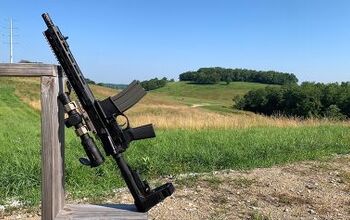
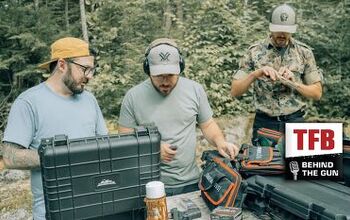
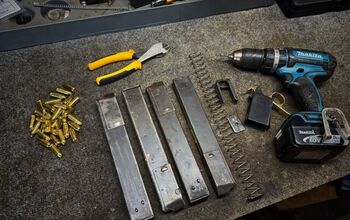

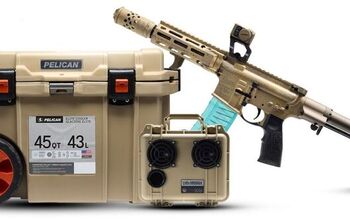
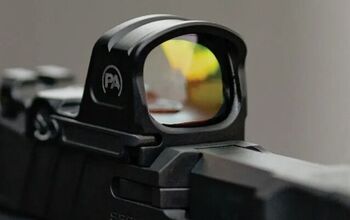


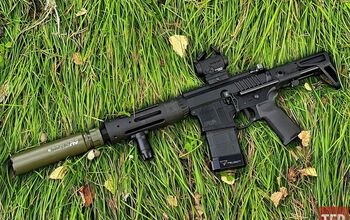

Comments
Join the conversation
td:
I looked it up, and apparently the only pistols Glock made with manual safeties were special editions of the G17 and G19. I remember the story of the guys getting et by the bear very well, and the Glock in question was a 10mm Glock 21. So the odds of that particular Glock having a manual safety hover around zero, unless the owner spent the bucks to have an aftermarket safety installed, which I highly doubt, since he habitually carried the gun with an empty chamber anyway. And, if the gun was as dirty as the
I shoot my EDC (a Sig P365) at least weekly, so it at least gets looked over and oiled; I try to clean it (wipe the innards down) and oil each time. Since it's my 'Bet My Life' gun, it gets lots of TLC.